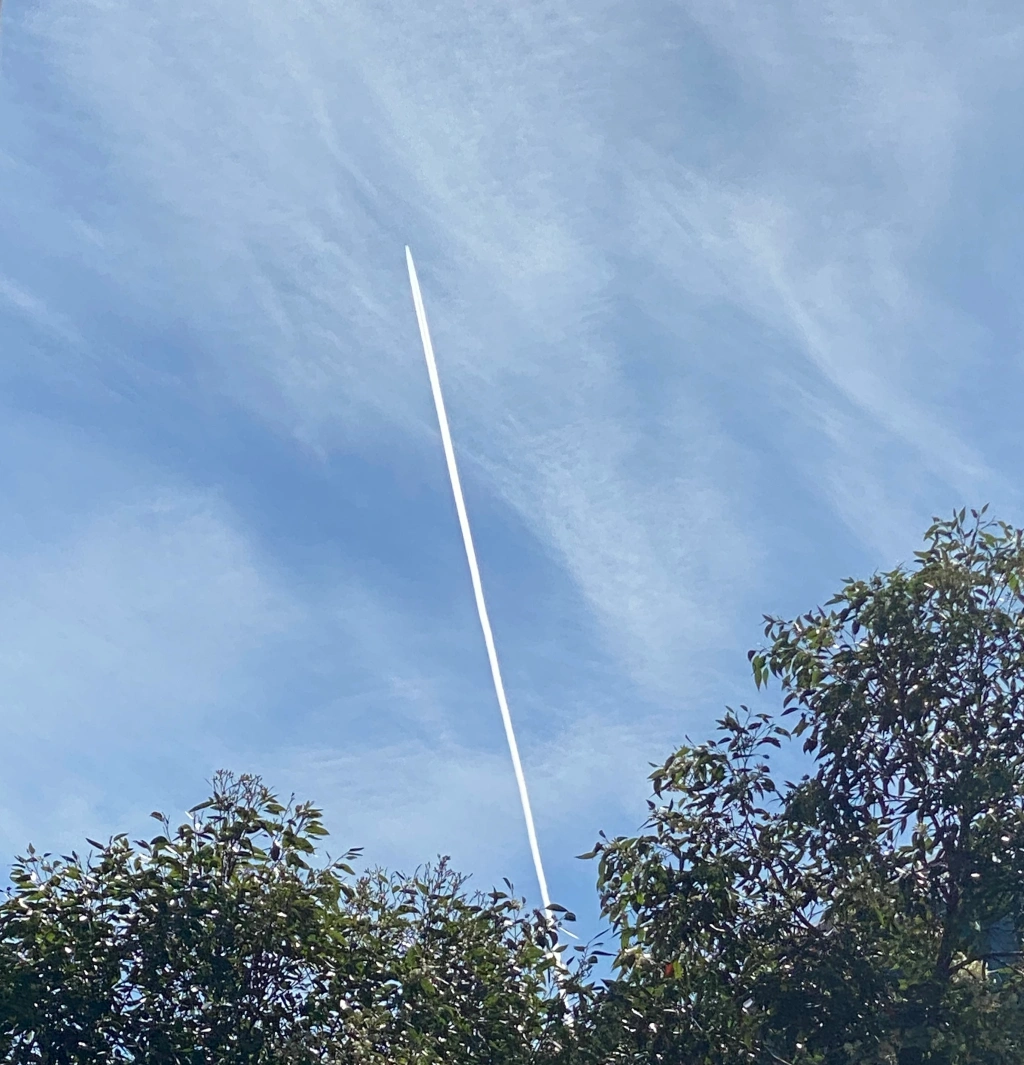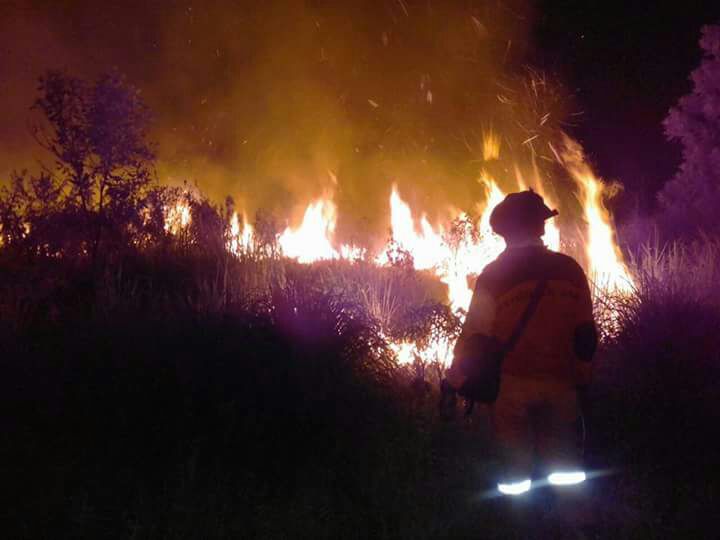Back in 2016 I visited the Gandaria area of Jakarta to attend an Orthodox Christian Church where the 40-day commemorative service was being held for a dear friend who passed away earlier in the year. I moved into a nearby hotel which proved to be on the periphery of the urban village. The urge to explore the Kampung led me to venture down Jalan Baru II, where I captured the following video.
Mega cities and spatial inequality
Mega cities with extensive rural hinterland attract large numbers of people who frequently bring their ideas of habitation from rural villages into the city. Such cities often have numerous precincts that might best be described urban villages.
In Bahasa Indonesia the term for village is kampung. So, a city like Jakarta has many precincts that we could describe as urban kampung. The settlement around Jalan Baru II was an urban kampung.
One Indonesian friend described Jakarta as a collection of rural villages. Of course, this is a simplification since Jakarta’s precincts vary from contemporary administrative areas, high rise office blocks, new multistorey apartment buildings, substantial suburban residential areas, huge shopping malls, traditional markets and shops, sporting and ceremonial precincts and a growing urban transports infrastructure of roads, expressways rail connection and a new suburban metro network.
Such diversity displays significant diversity typified by marked spatial inequality, the theme of this video.





Leave a comment